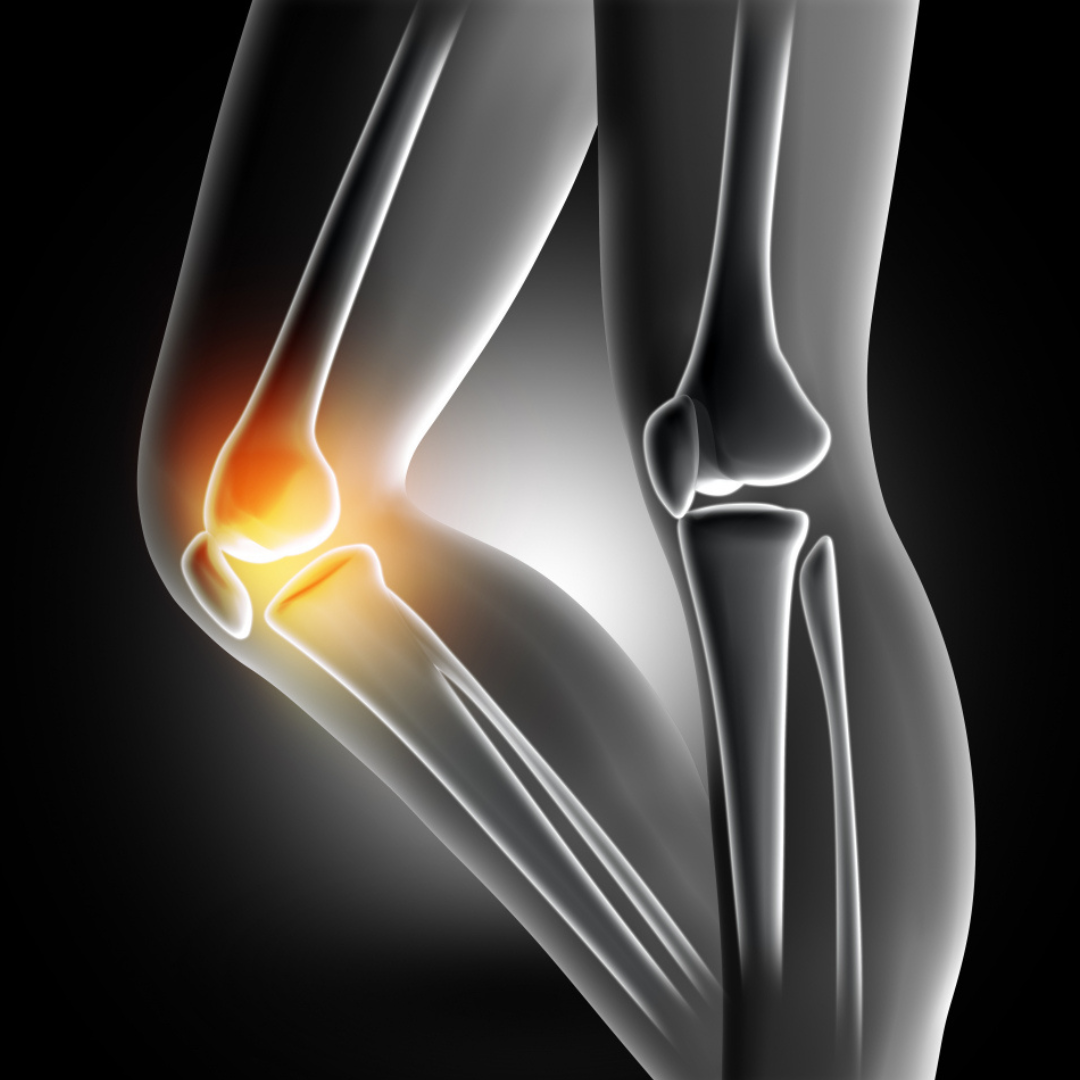Allergies
Chiropractic care can help reduce the severity and frequency of allergies by enabling the body to better fight against allergens. Unlike antihistamines, which provide direct, short-term relief, chiropractic adjustments improve immune function by addressing spinal misalignments that stress the nervous system. When the spine is misaligned, it can impair nervous system function, which in turn affects immune response. By realigning the spine, chiropractors relieve nerve stress, allowing the immune system to operate more effectively and recognize allergens without overreacting. If you suffer from allergies, consider chiropractic care to find relief and enhance your overall well-being.
Schedule an appointment today.
Carpal Tunnel Syndrome
Carpal tunnel syndrome is most commonly associated with individuals who frequently use a computer. The repetitive motion of typing, especially when performed with poor posture, can lead to the development of this condition. Symptoms typically include pain, numbness, weakness, or a burning sensation in the hands and wrists. These symptoms arise because the nerves in the fingertips travel through the wrist, up the arm, and into the neck, becoming irritated or compressed along the way.
The spine plays a central role in the nervous system, and misalignments can exacerbate the discomfort experienced in carpal tunnel syndrome. Chiropractors can provide relief through concentrated spinal and joint adjustments, which help alleviate the pressure on nerves. By realigning the spine, chiropractic care can reduce nerve irritation and improve overall function, potentially easing the pain and other symptoms associated with carpal tunnel syndrome.
Degenerative Disc Disease
Degenerative disc disease is not so much a disease as it is a term used to describe the changes that occur in the spine as we age. Our spinal discs, composed of a tough, rubbery exterior and a soft interior, sit between the vertebrae to act as shock absorbers. Over time, these discs begin to degenerate, leading to conditions such as herniated discs, bulging discs, spinal stenosis, and osteoarthritis. This degeneration can sometimes be asymptomatic, with symptoms varying widely depending on the individual and the severity of the case. Pain may manifest at the site of the affected disc, whether in the back or neck, and can often be attributed to compressed nerves. This pain may radiate to other areas of the body, such as the buttocks, arms, and legs, accompanied by numbness and tingling in these regions. The intensity of the pain can range from mild to severe and debilitating, affecting daily activities and quality of life.
As previously mentioned, Spinal degeneration is a natural part of aging, with contributing factors including obesity, smoking, physical labor, and injury. Pain is often managed with hot or cold packs and anti-inflammatory medication. For severe issues, treatments may include physical therapy, stretching, and surgery. Regular chiropractic care can help prevent pain and maintain spinal health. If you experience frequent back or neck pain, visit our office for an examination and personalized treatment plan.
Disc Problems
Intervertebral discs, positioned between the vertebrae in the spine, have an outer cartilage layer and a jelly-like center. These discs enable spinal movement, create space between vertebrae, and act as shock absorbers. The gelatinous core allows the disc to compress and expand based on impact and movement. Trauma to the spine can cause discs to herniate, bulge, become displaced (slipped disc), or even rupture. Aging also leads to disc weakening and dehydration, which can pressure surrounding nerves and cause pain.
Fibromyalgia
Headaches
Many people attribute headaches to factors like loud noise, fatigue, or stress, but the primary cause often lies in tightness within the neck and shoulders. This tightness can lead to misalignments in the vertebrae of the neck, resulting in pain. In fact, approximately 80% of all headaches originate from issues in the neck. Cervicogenic headaches, which stem from the neck, typically present with pain starting at the base of the skull and radiating into the temples, eyeballs, and forehead.
Joint Dysfunction
Neck/Back Pain
Osteoarthritis
Pinched Nerve
When a nerve is squeezed or compressed, it is referred to as a “pinched nerve.” This condition can arise from various causes such as spinal misalignments, bulging or herniated discs, or other factors that increase pressure on the nerve. The increased pressure leads to inflammation, pain, and sometimes muscle spasms, making it essential to relieve the pressure to alleviate the discomfort.
Sciatica
Whiplash
Whiplash is a common injury for people involved in car collisions. When a car is struck from behind or collides with another object, it causes the neck to snap back and forth violently. This causes the muscles and ligaments to overextend, leading to strains and/or tears. This is referred to as soft tissue damage, and can cause stiffness and soreness. Whiplash can also cause structural damage such as misaligned vertebrae, herniated, bulging or ruptured discs, or nerve damage due to the overextension from the violent movement.
Maintenance Care
Office Hours
Find Out When We Are Open













